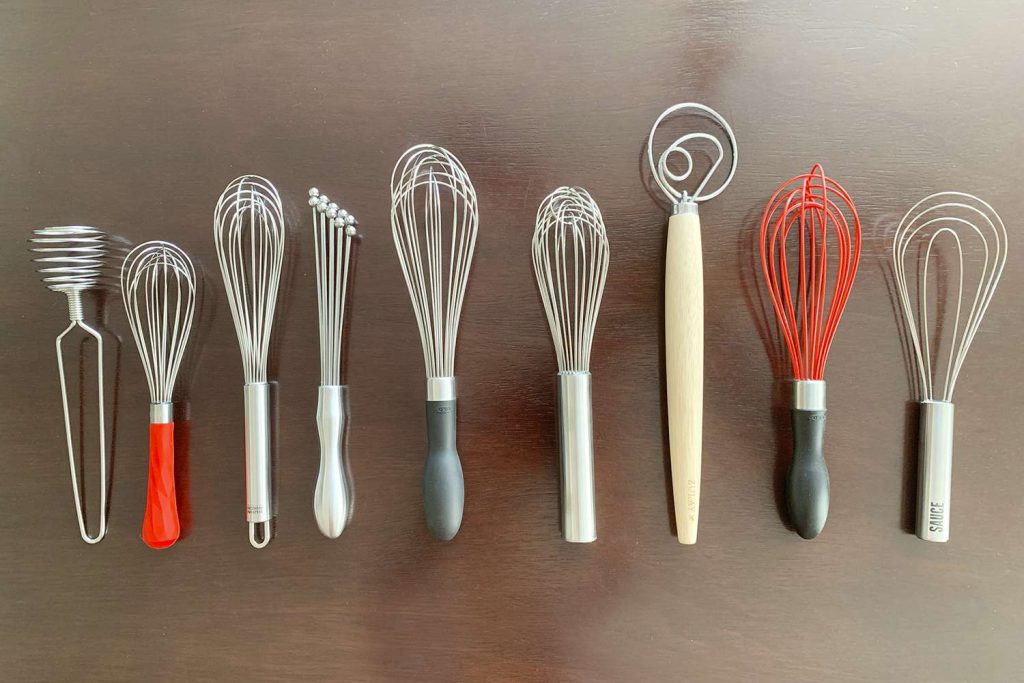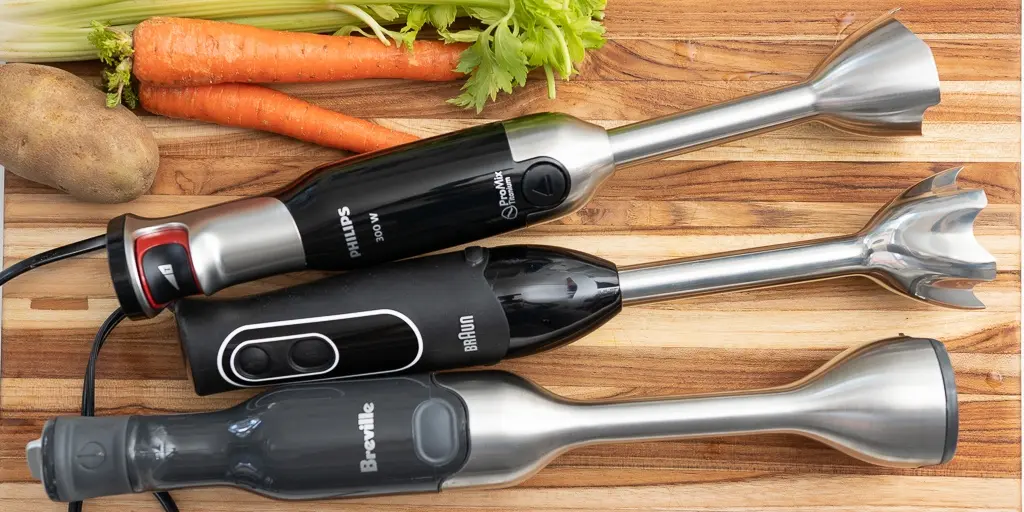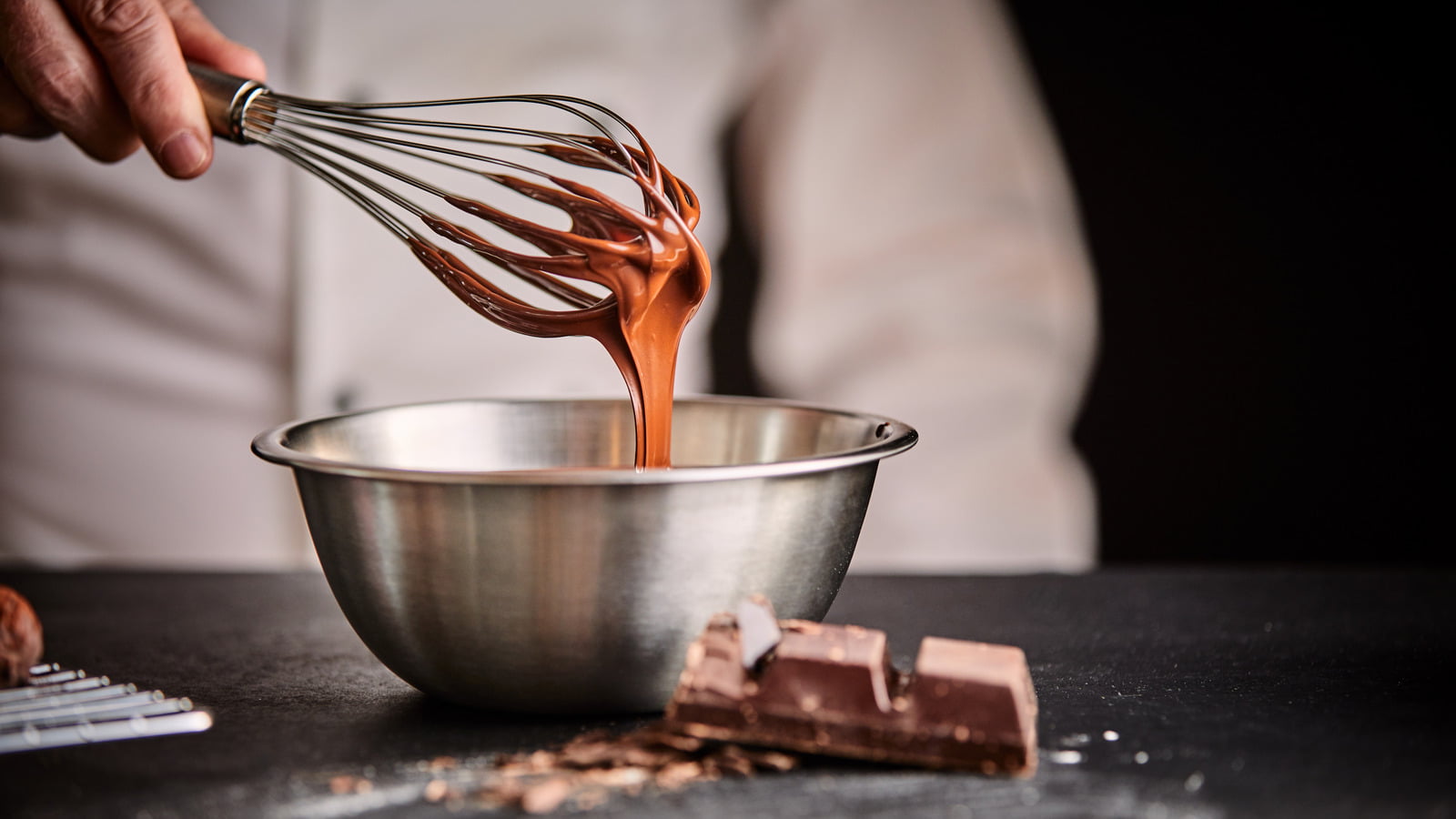Uncover the transformative power of versatile kitchen gadgets that simplify your culinary endeavors. From immersion blenders to spiralizers, revolutionize your recipes with a twist of convenience.
Whisking Wonders: Exploring the Magic of Versatile Kitchen Gadgets
The humble whisk is one of the most versatile kitchen gadgets around. It can be used to mix batters, whip cream, and even make sauces. But did you know that there are many different types of whisks, each with its own unique purpose?
In this article, we will explore the magic of whisking wonders. We will discuss the different types of whisks available, and how to choose the right one for the job. We will also share some tips and tricks for using whisks to their full potential.
Types of Whisks

There are four main types of whisks: balloon whisks, french whisks, fork whisks, and spiral whisks.
- Balloon whisks are the most common type of whisk. They have a long, handle with a round head made of wire loops. Balloon whisks are good for mixing batters and sauces.
- French whisks have a shorter handle and a head made of curved wires. They are good for whipping cream and egg whites.
- Fork whisks have a handle with two or three tines. They are good for blending small amounts of ingredients.
- Spiral whisks have a long, spiral wire that is attached to a handle. They are good for mixing thick batters and doughs.
Immersion Blender

Immersion Blender: An immersion blender is a versatile tool that allows you to blend, puree, and emulsify ingredients directly in the pot or bowl. This gadget is perfect for making smooth soups, sauces, and dressings with ease. Its compact design and easy cleanup make it a favorite among chefs who value convenience without sacrificing quality.
Immersion blenders are handheld appliances with a blade at the bottom. They are used to blend ingredients in a bowl or pot, without having to transfer them to a separate blender. This makes them ideal for small tasks, such as blending soup or making vinaigrette. They can also be used to chop nuts, vegetables, and other small food items.
Whisks are kitchen tools with a long handle and a head made of wire loops. They are used to mix ingredients together by whisking them in a circular motion. Whisks are a good choice for tasks that require a lot of air incorporation, such as whipping cream or egg whites. They are also good for mixing thick batters and doughs.
Here is a table that summarizes the key differences between immersion blenders and whisks:
| Feature | Immersion Blender | Whisk |
| Mixing method | Blending | Whisking |
| Versatility | Good for small tasks and blending | Good for tasks that require a lot of air incorporation |
| Power | More powerful | Less powerful |
| Size | Compact | Larger |
| Clean-up | Easy to clean | Can be difficult to clean if food gets stuck in the whisk head |
Which is better?
The best choice for you will depend on the specific task you are trying to accomplish. If you are looking for a versatile tool that can be used for a variety of tasks, then an immersion blender is a good option. If you are looking for a tool that is specifically designed for mixing ingredients together, then a whisk is a better choice.
Here are some additional things to consider when choosing between an immersion blender and a whisk:
- The size of the task: If you are only doing small tasks, such as blending a single serving of soup, then an immersion blender is a good option. If you are doing larger tasks, such as blending a batch of hummus, then a stand blender is a better choice.
- The power of the appliance: If you need a powerful appliance that can blend tough ingredients, then a stand blender is a better choice. If you are only blending soft ingredients, then an immersion blender or whisk will be sufficient.
- The ease of cleaning: If you are looking for an appliance that is easy to clean, then a whisk is a good option. Immersion blenders can be difficult to clean if food gets stuck in the blade.
Ultimately, the best way to decide which appliance is right for you is to try both and see which one you prefer.
How to Choose the Right Whisk
The right whisk for the job depends on the ingredients you are using and the task at hand. Here are a few things to keep in mind when choosing a whisk:
- The size of the whisk: The size of the whisk head should be appropriate for the amount of ingredients you are mixing. A large whisk head is good for mixing large batches of batter, while a small whisk head is good for blending small amounts of ingredients.
- The material of the whisk: Whisks are made from a variety of materials, including metal, plastic, and silicone. Metal whisks are the most durable, but they can be harsh on delicate ingredients. Plastic whisks are less durable, but they are gentler on ingredients. Silicone whisks are the most flexible, and they are good for both mixing and blending.
- The shape of the whisk: The shape of the whisk head affects how well it mixes ingredients. A balloon whisk is good for mixing batters and sauces, while a french whisk is good for whipping cream and egg whites. A fork whisk is good for blending small amounts of ingredients, and a spiral whisk is good for mixing thick batters and doughs.
Tips for Using Whisks
Here are a few tips for using whisks to their full potential:
- Use the right whisk for the job: As mentioned above, the right whisk for the job depends on the ingredients you are using and the task at hand.
- Hold the whisk properly: Hold the whisk handle with a firm grip, and keep your knuckles facing up. This will help you to control the whisk and prevent it from slipping out of your hand.
- Start whisking slowly: Start whisking slowly at first, and gradually increase the speed as you go. This will help to prevent the ingredients from splattering.
- Whisk in a circular motion: Whisk in a circular motion to ensure that all of the ingredients are evenly mixed.
- Clean the whisk immediately after use: To prevent the whisk from getting rusty, clean it immediately after use with warm, soapy water.
With a little practice, you will be whisking like a pro in no time!
Whisk Alternatives
There are many alternatives to a whisk that can be used to mix ingredients together. Here are a few of the most common:
- Fork: A fork can be used to whisk small amounts of ingredients. Simply hold the fork in one hand and use the tines to whisk the ingredients in a circular motion.
- Two forks: Two forks can be taped together to make a makeshift whisk. This is a good option if you don’t have a whisk and need to whisk a small amount of ingredients.
- Hand mixer: A hand mixer can be used to whisk ingredients together quickly and easily. Simply attach the whisk attachment to the mixer and mix the ingredients on low speed until they are combined.
- Stand mixer: A stand mixer can also be used to whisk ingredients together. Simply attach the whisk attachment to the mixer and mix the ingredients on low speed until they are combined.
- Immersion blender: An immersion blender can be used to whisk ingredients together in a bowl or pot. Simply hold the blender in one hand and blend the ingredients in a circular motion.
- Food processor: A food processor can be used to whisk ingredients together, but it is not as effective as a whisk or immersion blender. Simply add the ingredients to the food processor and pulse until they are combined.
The best alternative for you will depend on the specific task you are trying to accomplish and the tools you have available. If you are only whisking a small amount of ingredients, then a fork or two forks may be sufficient. If you need to whisk a larger amount of ingredients or you need to whisk them quickly, then a hand mixer, stand mixer, or immersion blender may be a better choice.
Additional Tips
Here are some additional tips for using whisk alternatives:
- Start whisking slowly and gradually increase the speed as needed. This will help to prevent the ingredients from splattering.
- Whisk in a circular motion to ensure that all of the ingredients are evenly mixed.
- If you are using a hand mixer or stand mixer, be careful not to overmix the ingredients, as this can make them tough.
- If you are using an immersion blender, be careful not to blend the ingredients too much, as this can make them runny.
With a little practice, you will be able to use whisk alternatives to mix ingredients together like a pro!
The Magic of Whisking Wonders
A whisk is a simple kitchen gadget, but it can be used to create delicious and impressive dishes. With a little creativity, you can use a whisk to whip up everything from fluffy pancakes to creamy sauces.
So next time you are in the kitchen, don’t forget to reach for your whisk. It just might be the magic ingredient you need to create your next culinary masterpiece.

